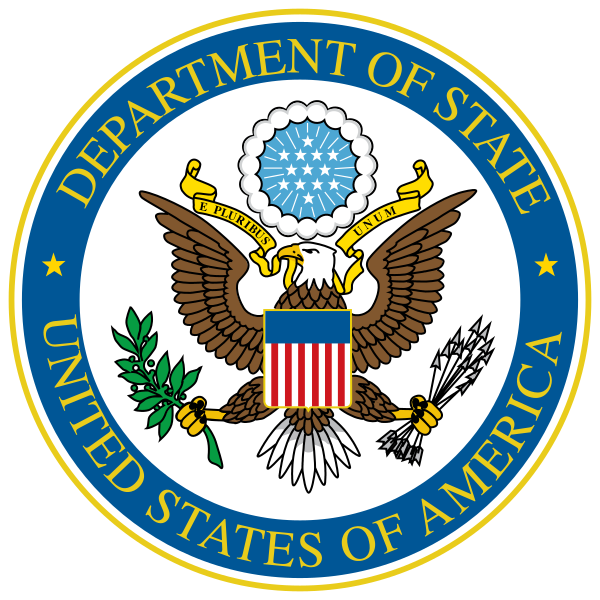Marojejy National Park is a park of extreme beauty near Andapa in the north of Madagascar and is home to green wild rugged mountains, home to several endemic species. It receives little visitors and guarantees a true adventurous travel for those intrepid travelers seeking for an off the grid authentic experience with plenty of wildlife encounters and connecting with nature.

Marojejy has been classified as a UNESCO World Heritage Site since 2007, due to its
biological and ecological importance. It harbors the lowland forests and the high mountain vegetation of Madagascar’s humid tropical region, home to an extraordinary variety of fauna and flora with a high concentration of endemic species. The park covers an area of 60,050 hectares and is tucked between the towns of Andapa and Sambava, in the Sava region. Marojejy is at the center of an almost unbroken mountain and forest area stretching from the Tsaratanana Massif to the Masoala Peninsula. The Marojejy massif is part of the Northern Highlands.
The Marojejy massif was first described in 1948 by Professor Henri Humbert, a botanist from Paris who described the massif as the most prestigious in Madagascar. He registered the massif in 1952 on the list of Integral Nature Reserves, meaning only researchers could visit Marojejy Massif until 1998, when it changed from a nature reserve to a national park.
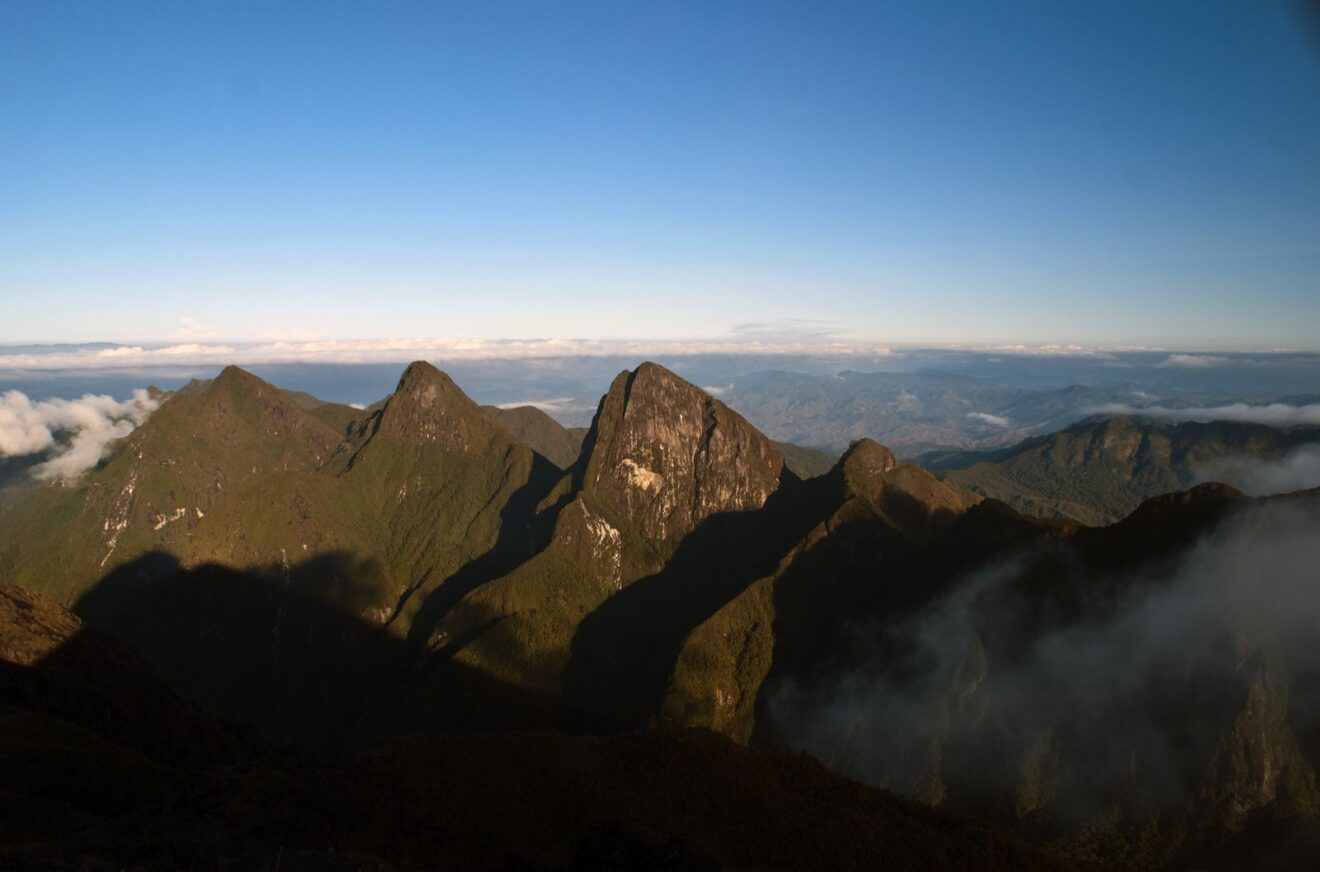
Marojejy National Park consists of a granite massif with jagged peaks with its highest peak reaching 2132 m. These mighty peaks rise steeply above narrow valleys and the basin of Andapa. The slopes in the south of the massif are very steep, in contrast to the slopes in the north, which are less steep. Precisely because the subsoil mainly consists of hard granite and gneiss, Marojejy has large mountains and cliffs.
Due to the area’s heavy rainfall and the fragmented relief, Marojejy has a highly branched and deeply embedded hydrographic network. Several watercourses originate in the park, of which the Andranomadio, Andranomifototra, Manantenina, Sambava, Soahitra, Andrahanjo, Andalangy and Antsaberaoka are the most important.
Marojejy receives abundant rains. Temperatures are never really low at low altitudes and the temperature difference between the two seasons is minimal. February is the warmest month and August is the coldest month. However, winter temperatures can drop to −5 °C on the highest peaks, so it’s important to bring adequate clothing when you’re traveling to Marojejy.
The seasons differ mainly due to the winds and the forms of precipitation that result from them. During the fresh season, the southeast trade winds bring rains of varying intensity that are rarely thunderous. During the warm season, the monsoon winds – which blow to the north and northwest – cause thunderstorms and downpours. The relief does influence the amount of precipitation: more rain falls on the eastern slopes than on the western ones.
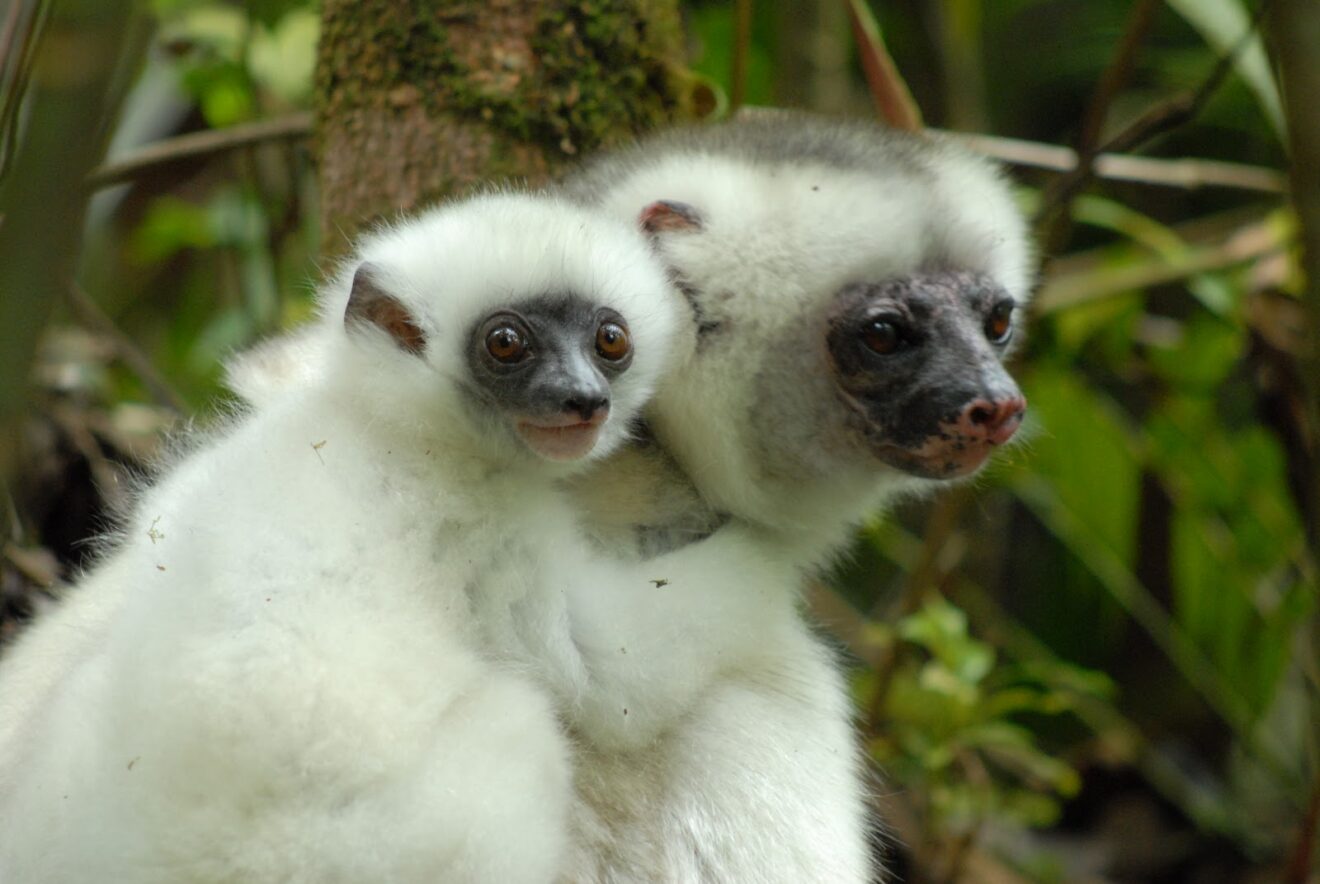
Marojejy is home to three of Madagascar’s four major rainforest ecosystem types:
– the lowland rainforest, typical of eastern Madagascar,
– the rainforest typical of central Madagascar,
– vegetation typical of the Malagasy highland.
There are five types of habitats:
– the dense evergreen lowland rainforest (below 800 m), which is sheltered from strong winds and has constant temperatures and precipitation. It consists of large trees with a canopy of up to 25 to 30 meters and has palm trees, ferns and epiphytes. This habitat is only found in a few valleys.- the dense mountain rainforest (800 – 1400 m), where the trees and shrubs are smaller. The foliage reaches up to 18 to 25 meters. Due to the humidity, mosses and ferns grow on the branches and tree trunks. The soil and nutrients are often carried away by the wind and rainwater.
– the dense rainforest of the high mountains (1400 – 1800 m), where the forest develops less due to the lower temperatures. The foliage reaches up to 10 meters in height. The trees are covered with mosses and lichens.
– the mountain scrub (higher than 1800 m), which consists of heather and other plants of the heather family. There are also palm trees, bamboo and orchids. This thicket is very important within the national park as it has never been consumed by fire, unlike the other massifs in Madagascar
– the secondary lowland forest, which mainly consists of bamboo and traveler’s trees. The park’s website counts it among the dense evergreen lowland rainforest. The secondary lowland forest habitat is of less importance within the park because it is characterized by fewer species. The secondary lowland forest occurs mainly in the south of the massif.
The relief and the climate have their influence on the vegetation. Since the eastern slopes receive more rain, there is more vegetation due to the higher and constant humidity. The western slopes experience a more pronounced period of drought that restricts the growth of trees and other plant species. At the tops, plant growth is limited by the shallow soil and strong winds.
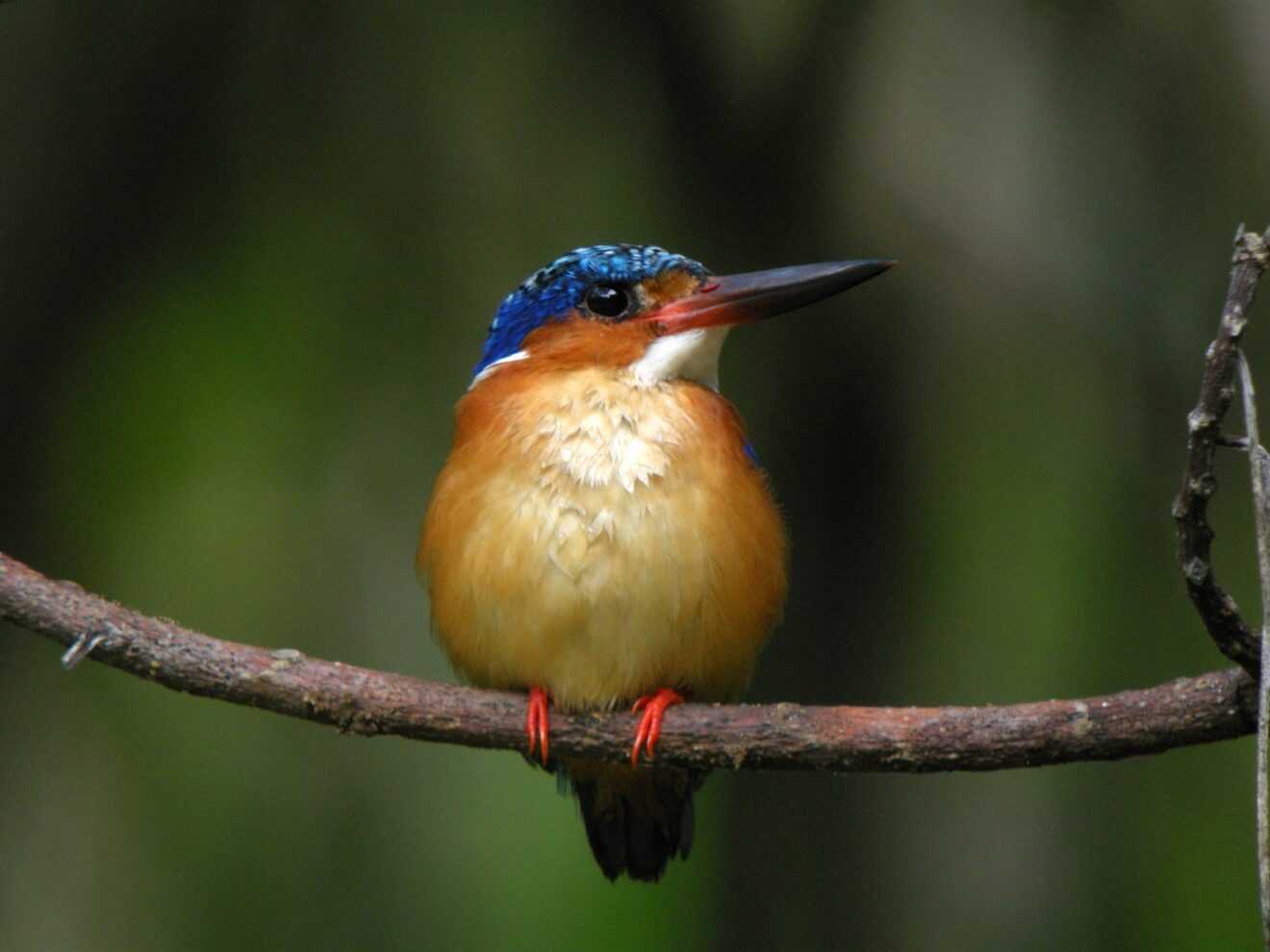
Most of the park’s vegetation consists of dense rainforest, which covers about 92% of the park’s area. Of these, the area of the lowland forests is of particular importance. As plant diversity decreases with altitude, it is likely that this large area of lowland forest contributes to the richness of the park. This richness is further enhanced by the fact that the massif has been an important refuge during periods of climate change.
The park includes 305 species of ferns, 6 of which are endemic. This makes the park one of the most important protected areas in Madagascar in terms of fern richness. Endemic ferns of the park include Cyathea alticola and Blechnum longepettiolatum. The park is also rich in palm trees: more than 35 species have been found in the park, including the endemic Dypsis marojejyi, Dypsis spicata, Dypsis mirabilis, Dypsis coursii and the Dypsis coockei. The palm trees are mainly found in the lowland forests, but persist up to the tops of the massif. Several species are endangered because they are rare and only occur in a few places.
The park has several species of flightless small mammals: 17 insectivores, of which 16 are endemic and 10 rodents, of which 8 are endemic. One species even occurs only in this particular massif: the rodent Voalavo gymnocaudus. The tenrec Microgale monticola is only found in this park of the rainforests of the Atsinanana.
The massif is also a habitat for a number of lemur species, including the silky sifaka, white-faced lemur, red-bellied lemur, eastern wooly lemur, common weasel lemur, red mouse lemur, big cat lemur, tufted moor lemur and Phaner furcifer. The aye-aye is also found in the park. Marojejy also counts three types of predators: the ferret cat, the ring-tailed mongoose and the fanaloka.
The avifauna of the park is relatively rich: 118 species are known in and around the park. Seventy-five of these depend on the forest for part of their lives. All of these 75 birds are endemic. Several bird species are endangered, such as the Madagascar serpent eagle (Eutriorchis astur) and the Madagascar grass owl.
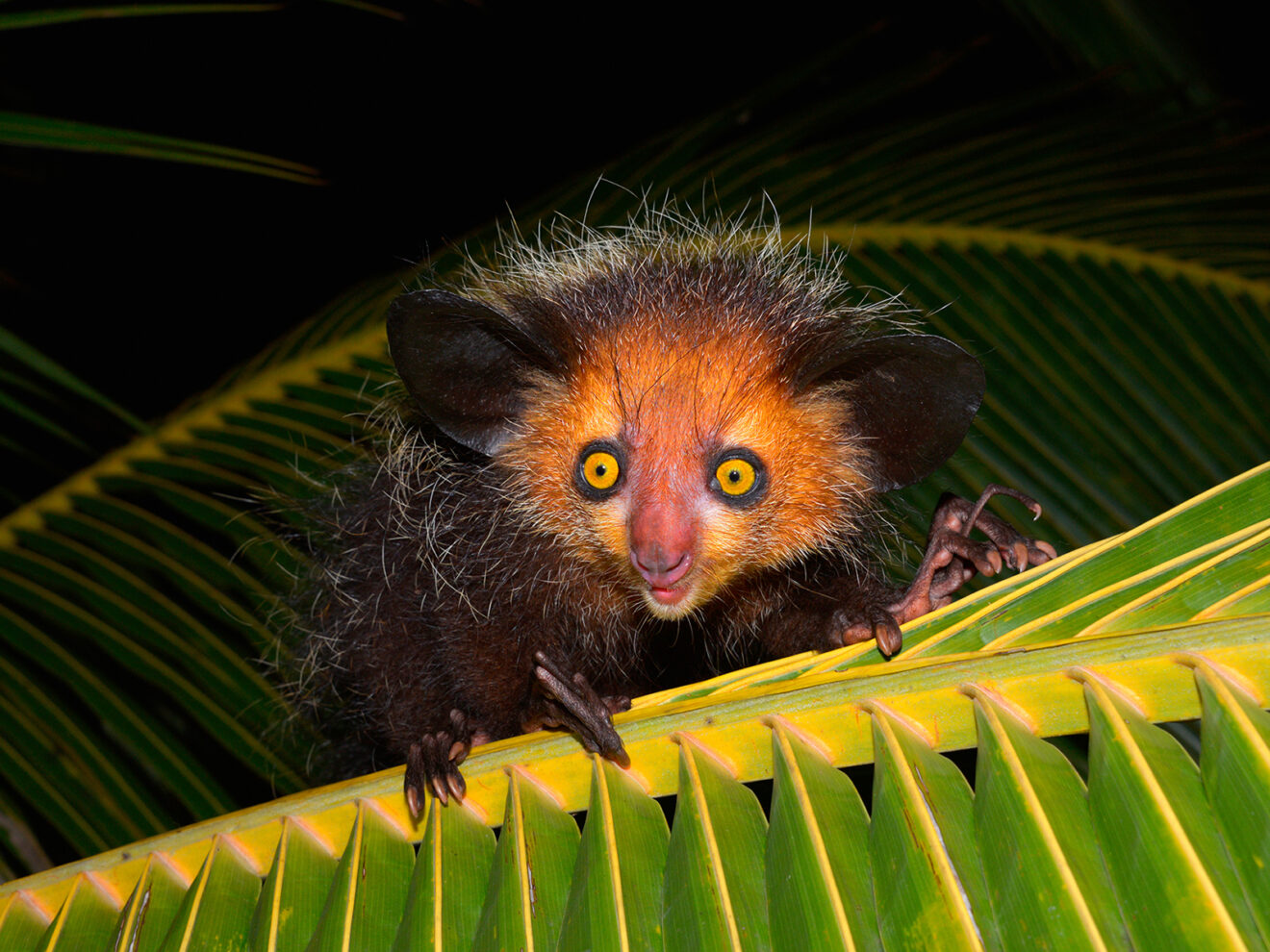
Marojejy has 149 endemic reptile and amphibian species, 16 of which are found only in the massif. There are no salamanders on Madagascar, but there are many types of frogs. The park includes two Boophis species and the poisonous Mantella manery. More famous reptiles that live there are the chameleon Brookesia karchei and the skink Pseudoacontias angelorum. The park is recognized as an important center for reptile and amphibian endemic species: compared to the other parks in the Atsinanana World Heritage rainforests, 45 species are found only in Marojejy. One third of all Madagascar’s reptiles and amphibians are found in Marojejy.
We offer several tours with hiking and camping to Marojejy in which we go look for lemurs, birds and other animals. The park is perfect to combine with a visit to Anjanaharibe-Sud which is closeby.







